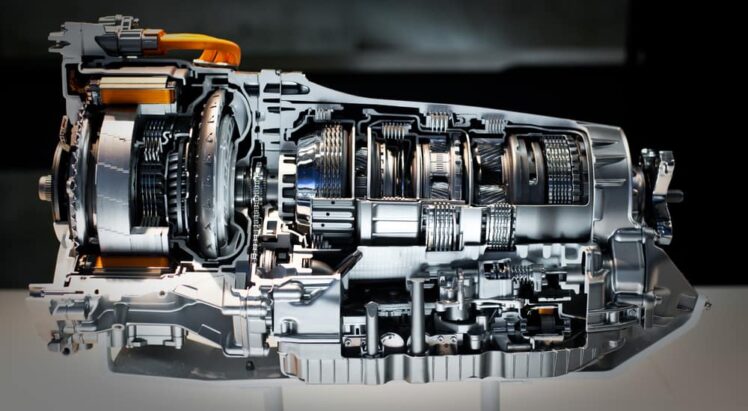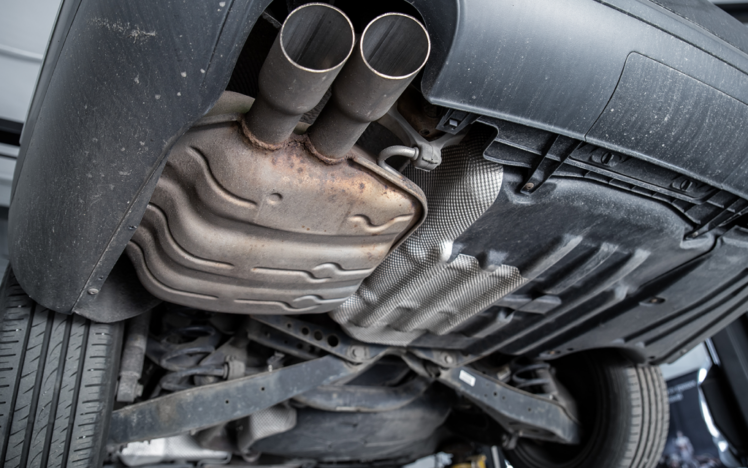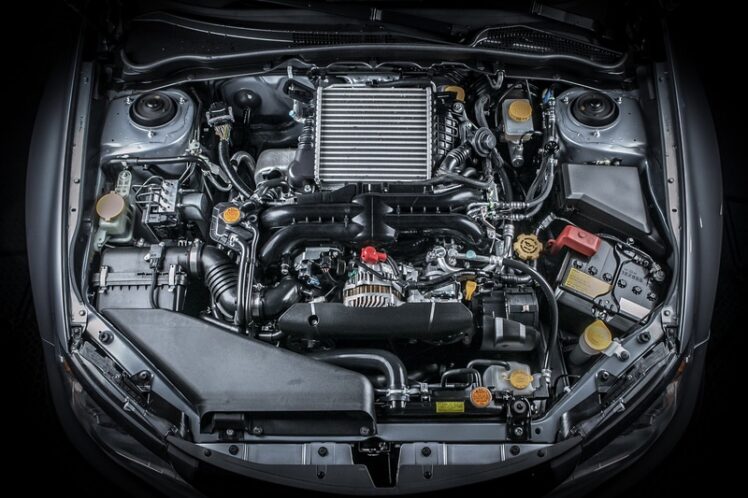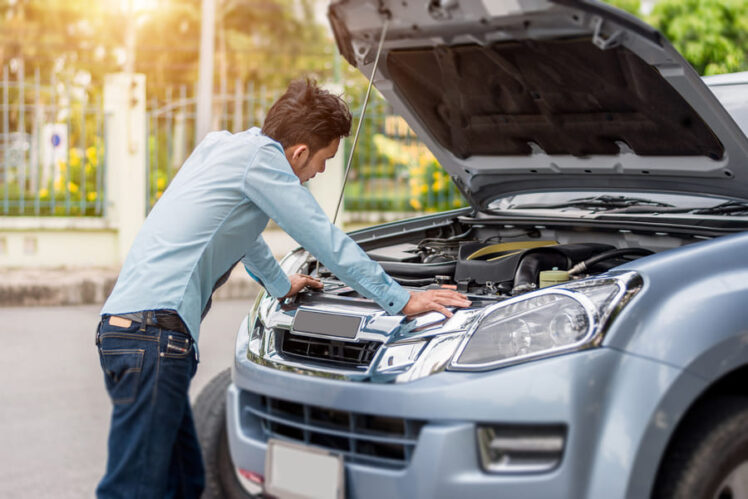Noises and vibrations in a car have always been subjects of the high attention of drivers. Even car operating manuals called for listening to noise and vibrations and taught motorists to distinguish which accompaniments were not dangerous and which should alert the owner. Those days are long gone, and a modern car is almost silent. Therefore, any vibration is a sign of some malfunction. And given the popular opinion that new cars break down more often, it is necessary to understand what and how can vibrate in a car and how dangerous it is.
Where vibrations in a car come from

Mechanics from Indy Auto Man offer to dig deeper into the physics of the process and the characteristics of automobile vibrations. They also explain the most frequent car problems in their blog on indyautoman.com.
Design flaws
The fact is that a metal body is like a resonator, and very often we hear not just noise that has penetrated inside (for example, from the engine) but secondary sound emitted into the cabin by the roof or floor, which vibrates with a high frequency, turning to the sound source. Therefore, automotive engineers struggle with vibrations when designing the body and components. Many models, alas, have lived with such unresolved or unsolvable problems for decades. Of course, the more expensive and prestigious the car, the more engineering solutions it contains aimed at this, and the quieter it is.
Wheels and disc brakes
The most common vibration is from the wheels. It is not so difficult to understand that it is the wheel that vibrates – the faster we go, the higher the frequency of shaking. At multiple speeds, resonances arise – the shaking increases noticeably. The reason may be either a banal wheel imbalance or a loss of its round shape. Perhaps you drove too hard onto the curb or missed a hole, and after a week, the wheel vibration began. If such a wheel is in front, the steering wheel will also shake. In any case, you need to go to a tire shop to define which wheel is the problem. You can’t drive for a long time with a crooked wheel – it will break the suspension and bearing.
The vibration from a brake disc is similar to a vibrating wheel. It is also a multiple of the wheel speed, but it manifests itself during braking, and the stronger, the more we press on the pedal. Here, the solution is to examine the discs and sharpen or change them. In most cases, the discs wear out in pairs, and work will be required simultaneously with the right and left brakes of one or another axle.
By the way, sometimes the cause of wheel vibration is not the wheel or disk but the steering mechanism. A shimmy effect occurs in the front axle, in which good wheels come into resonance, causing the most disgusting rumble at a certain speed.
Transmission

If a car has cardan shafts in the transmission, they may begin to vibrate and make an unpleasant hum at high speeds or, conversely, rumble loudly when stopping and releasing the gas.
There are several reasons for this behavior – it may turn out that the hinge joint worked out – a cross or an elastic coupling, or there may be wear on the intermediate support bearing. This requires accurate diagnostics on a lift since the symptoms of the same malfunction in different cars can vary.
Experts predict more wear on cardan shafts in lifted cars due to the larger angle of operation of the crosspieces and increased loads.
High-mileage cars with a manual transmission are characterized by short-term vibration, up to unpleasant jerks and impact when starting.
Most often, its source is a worn clutch. Moreover, this can be either the disk itself, or, for example, the clutch basket, or even the engine flywheel, especially if it is equipped with a torsional vibration damper.
Replacing all this equipment is very expensive, and many owners put up with the need to play along with the clutch when starting or give a little more gas so as not to provoke unpleasant shaking. By and large, this is not dangerous. Anyway, a worn-out clutch will have to be replaced.
Automatic transmissions with mileage over 90 thousand can also become a source of vibrations. Self-diagnosis here is difficult – you can’t do it without a competent serviceman with experience in repairing boxes.
Muffler

Vibrations from a displaced muffler are difficult to confuse with anything else since the rattling sound is usually directly transmitted to the body. But if your thermal protection (the shield between the catalyst or muffler and the bottom) has fallen off, you will find the source right away. Here you go, again, to the lift to check the integrity of the exhaust system suspension rubber bands.
Radiator cooling fan
Finally, it happens that the electric radiator cooling fan vibrates noticeably. This indicates that you have not pressure-washed them outside for a long time since, in most cases, this happens due to dirt deposited on the blades. A balancing weight may fall off the blade, and if you manage to find the imprint of this weight, you can restore the balance by making it from a strip of iron.
Engine

Cases of engine tripping and resulting vibrations are more tricky to diagnose. The cause of the tripping can be spark plugs, faulty injectors, control electronics, and possible air leaks. If a smoothly running engine begins to stall and shake during acceleration, misfire is most likely.
But the reason for this may lie not in the candles but in the coil. In any case, with such symptoms, the first thing to do is to read the errors in the engine control system and use them to figure out what is faulty. The only thing that can be considered acceptable and normal is noticeable vibrations and small shocks from a stalling diesel engine. Although modern engines have solved this problem.
Other reasons
Vibrations and associated noise can also enter the cabin from improper flow around the car at speed. For example, a poorly designed roof rack or oversized outside mirrors may sound. The spare wheel attached to the gate or the back door often vibrates and rattles on uneven surfaces. Here, the solution lies solely in increasing the rigidity of the structure and reliable fixation.
But at the end of the day, it is worth recognizing that some cars have better sound insulation than others. If you are sure that extraneous noise does not indicate any breakdown but is constantly annoying during trips, this is a reason to think about a different car model.

